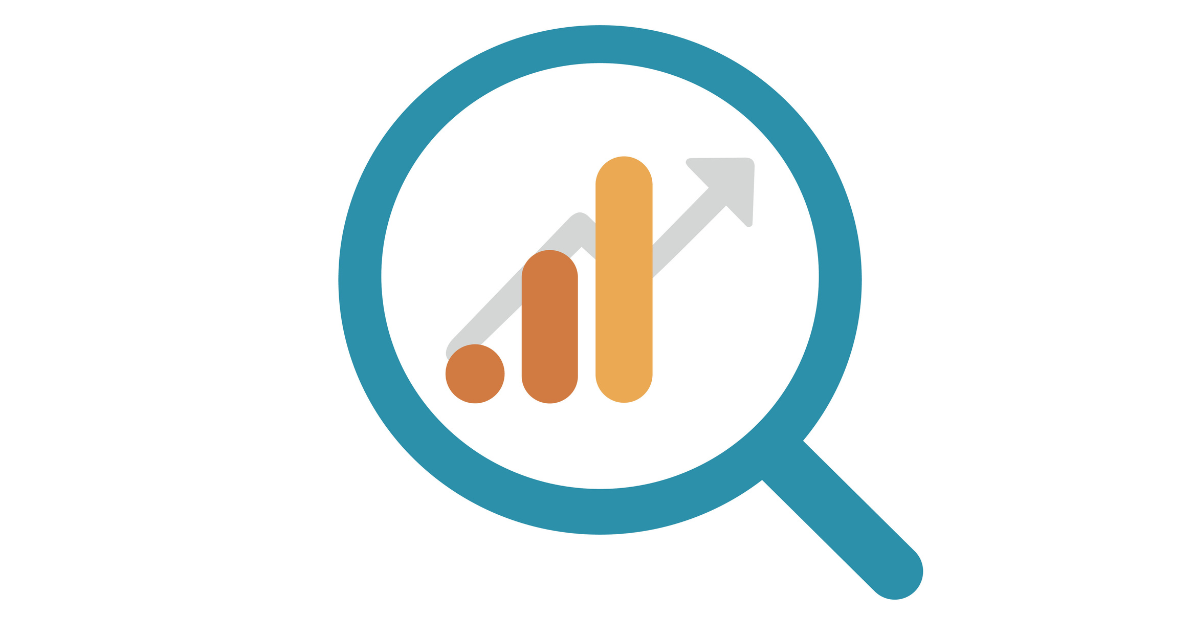On Thursday, May 28th, 2020 Google announced a new ranking signal that combines Core Web Vitals with their existing page experience signals (mobile-friendliness, safe-browsing, HTTPS, no intrusive interstitials).
This new ranking factor will not go live until at least 2021 and Google will provide at least a 6-month notice. See Google’s announcement here.
This is similar to other UX centered initiatives at Google (see the “Mobilegeddon” mobile-friendly update, the page speed update, the HTTPS update, and the interstitials update as examples) where they preannounce an algorithm update / new ranking factor in order to incentivize webmasters to make their websites more accessible.
Just like the other UX updates – it is not necessarily do or die, but it is definitely advised. Having the best answer to the user’s query will always be the most important factor. This comes from Google’s announcement, “While all of the components of page experience are important, we will prioritize pages with the best information overall, even if some aspects of page experience are subpar. A good page experience doesn’t override having great, relevant content. However, in cases where there are multiple pages that have similar content, page experience becomes much more important for visibility in Search.”
What are the Core Web Vitals?
Web Vitals is a Google initiative to provided standardized guidance on UX quality signals. The Core Web Vitals focus on loading, interactivity, and visual stability.
John Mueller, the Webmaster Trends Analyst at Google, does a great job at breaking this down in a Twitter thread starting here:
Since the Core Web Vitals are now in Search Console, I wanted to do a quick round-up of the tidbits I found while researching. Maybe this’ll save you a few minutes, or encourage you to test, or to watch a video. How much time do you invest in being able to save time? Focus, John
— ? John ? (@JohnMu) May 28, 2020
Largest Contentful Paint (LCP)
LCP measures loading performance. According to Google’s standards, to provide a good user experience, LCP should occur within 2.5 seconds of when the page first starts loading. Learn more about LCP here.
First Input Delay (FID)
FID measures interactivity. According to Google’s standards, to provide a good user experience, pages should have a FID of less than 100 milliseconds. Learn more about FID here.
Cumulative Layout Shift (CLS)
CLS measures visual stability. According to Google’s standards, to provide a good user experience, pages should maintain a CLS of less than 0.1. Learn more about CLS here.
What actions need to be taken?
This update will not go live in 2020 and Google will give at least a 6-month notice before it does go live. But Google Search Console now provides a Core Web Vitals report. You can see what group of pages have LCP, FID, and/or CLS issues within that report. While this won’t be a do or die update, it is worth digging into that report and seeing what issues may need to be corrected. Creating the best user experience possible is always recommended.



